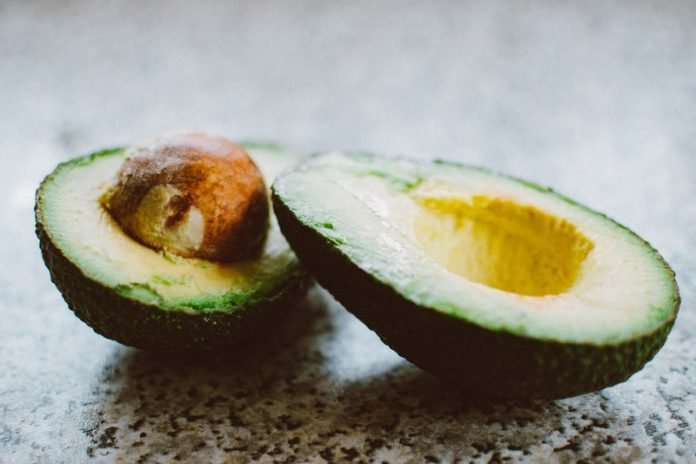
In a new study, researchers found though the vitamin is fat-soluble, people don’t have to consume fat along with it for the body to absorb it.
The research was conducted by a team from Oregon State University.
Vitamin E, known scientifically as alpha-tocopherol, has many biologic roles, one of which is to serve as an antioxidant.
Vitamin E in human diets is most often provided by oils, such as olive oil.
Many of the highest levels are in foods not routinely considered dietary staples, such as almonds, sunflower seeds, and avocados.
Federal dietary guidelines call for 15 milligrams of vitamin E daily (by comparison, 65-90 milligrams of vitamin C are recommended).
There’s increasingly clear evidence that vitamin E is associated with brain protection. Scientists used to think people had to eat vitamin E and fat simultaneously.
The new study shows is that people can wait 12 hours without eating anything, then eat a fat-containing meal and vitamin E gets absorbed.
The team used a novel technique involving deuterium-labeled vitamin E to study fractional vitamin E absorption in a group of non-obese, non-diabetic women ages 18-40 with normal blood pressure.
Participants were given both oral and IV vitamin E and drank a liquid meal containing either 40% fat or no fat.
The researchers then used a combination of tightly controlled dietary intakes to determine the roles fat and fasting played in vitamin E absorption.
They found vitamin E gets taken up into the intestinal cell and sits there and waits for the next meal to come along.
It’s in a fat droplet, sitting there, waiting to be picked up, like a cargo container, and loaded onto a chylomicron truck.
The team also found High-density lipoproteins (HDL cholesterol) quickly acquired the vitamin E, and the chylomicrons quickly disappeared from the circulation into the liver.
The team says plants make eight different forms of vitamin E and people absorb them all, but the liver only puts alpha-tocopherol back into the bloodstream.
All of the other forms are metabolized and excreted.
That means the body is working very hard to get all the nutrients it can and will sort out what the toxins are later.
One author of the study is Maret Traber of Oregon State University.
The study is published in The American Journal of Clinical Nutrition.
Copyright © 2019 Knowridge Science Report. All rights reserved.



